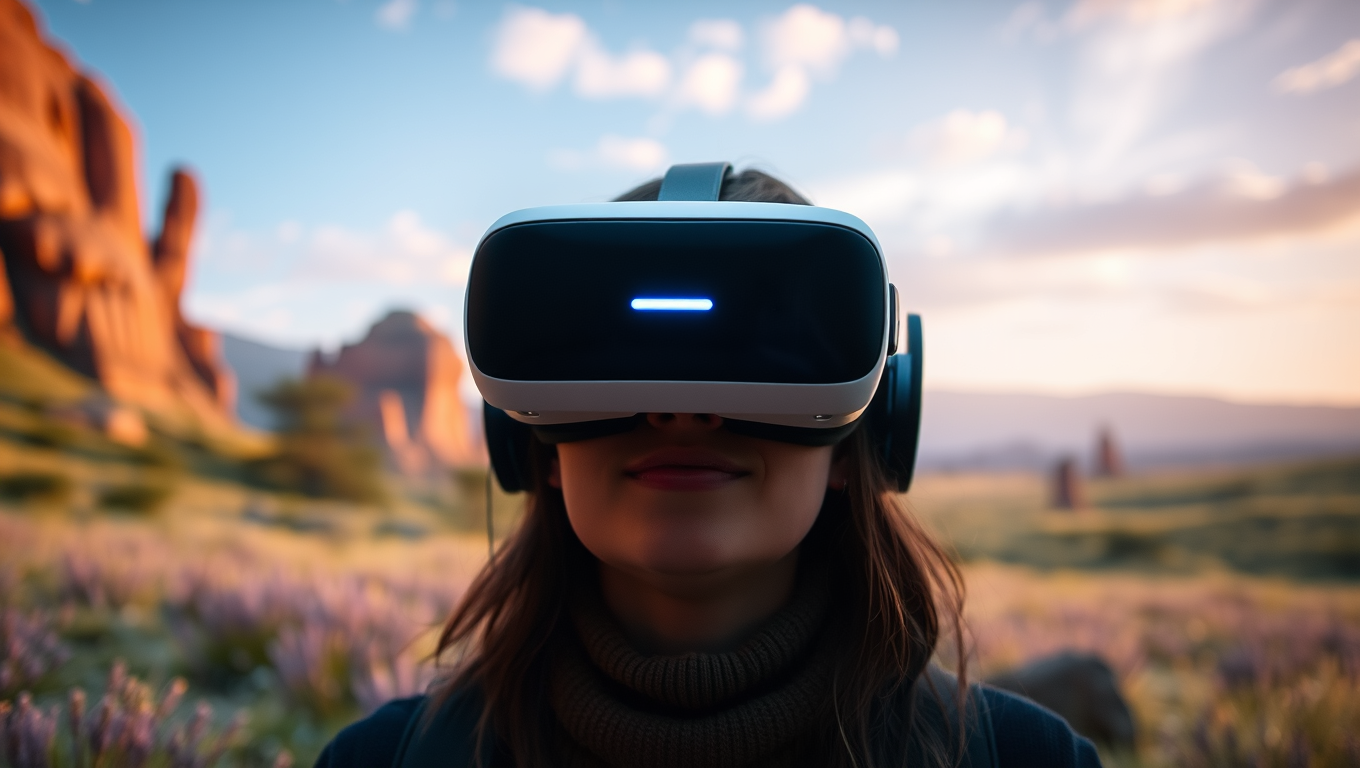While we try to keep things accurate, this content is part of an ongoing experiment and may not always be reliable.
Please double-check important details — we’re not responsible for how the information is used.
Computer Science
“Smell Your Way to Better Memory: A Revolutionary Virtual Reality Game”
Aiming to address age-related cognitive decline, a growing global health challenge, a team of researchers has developed a VR-based smell-training system to help combat it. This innovative VR game activates memory pathways by incorporating olfactory stimulation in a virtual environment. This game-based method offers an engaging platform for maintaining cognitive function and reducing the risk of neurodegenerative diseases such as dementia in older adults.

Artificial Intelligence
The Quantum Drumhead Revolution: A Breakthrough in Signal Transmission with Near-Perfect Efficiency
Researchers have developed an ultra-thin drumhead-like membrane that lets sound signals, or phonons, travel through it with astonishingly low loss, better than even electronic circuits. These near-lossless vibrations open the door to new ways of transferring information in systems like quantum computers or ultra-sensitive biological sensors.
Computer Modeling
Scientists Crack Code to Simulate Quantum Computations, Paving Way for Robust Quantum Computers
A multinational team has cracked a long-standing barrier to reliable quantum computing by inventing an algorithm that lets ordinary computers faithfully mimic a fault-tolerant quantum circuit built on the notoriously tricky GKP bosonic code, promising a crucial test-bed for future quantum hardware.
Computational Biology
A Quantum Leap Forward – New Amplifier Boosts Efficiency of Quantum Computers 10x
Chalmers engineers built a pulse-driven qubit amplifier that’s ten times more efficient, stays cool, and safeguards quantum states—key for bigger, better quantum machines.
-

 Detectors3 months ago
Detectors3 months agoA New Horizon for Vision: How Gold Nanoparticles May Restore People’s Sight
-

 Earth & Climate4 months ago
Earth & Climate4 months agoRetiring Abroad Can Be Lonely Business
-

 Cancer4 months ago
Cancer4 months agoRevolutionizing Quantum Communication: Direct Connections Between Multiple Processors
-

 Agriculture and Food4 months ago
Agriculture and Food4 months ago“A Sustainable Solution: Researchers Create Hybrid Cheese with 25% Pea Protein”
-

 Albert Einstein4 months ago
Albert Einstein4 months agoHarnessing Water Waves: A Breakthrough in Controlling Floating Objects
-

 Diseases and Conditions4 months ago
Diseases and Conditions4 months agoReducing Falls Among Elderly Women with Polypharmacy through Exercise Intervention
-

 Chemistry4 months ago
Chemistry4 months ago“Unveiling Hidden Patterns: A New Twist on Interference Phenomena”
-

 Earth & Climate4 months ago
Earth & Climate4 months agoHousehold Electricity Three Times More Expensive Than Upcoming ‘Eco-Friendly’ Aviation E-Fuels, Study Reveals





























